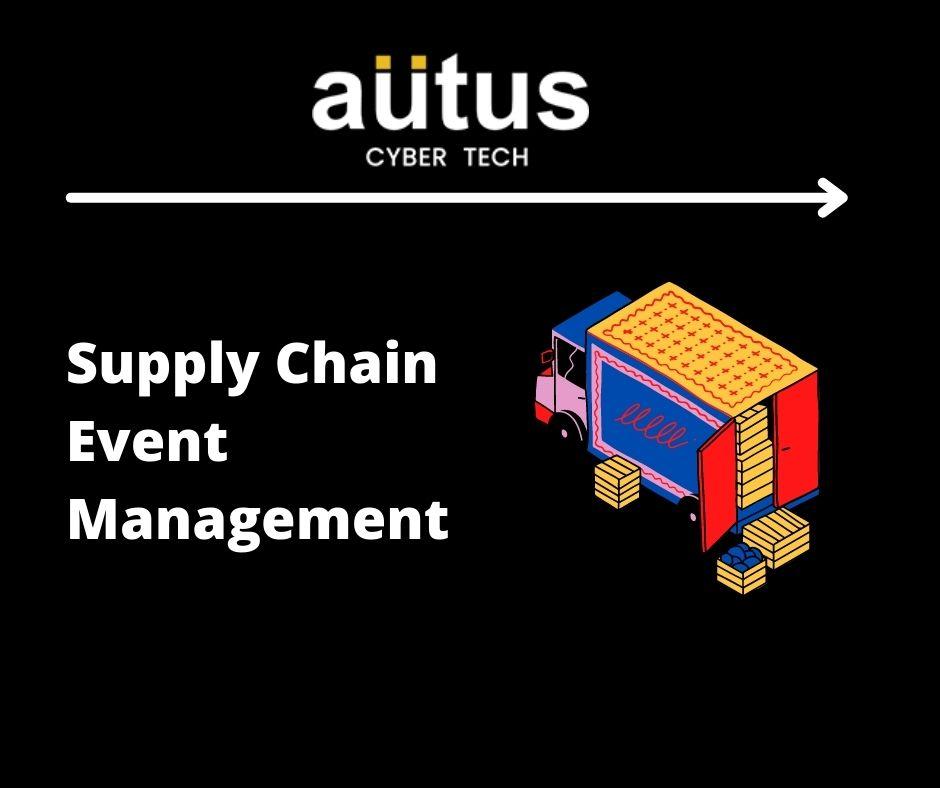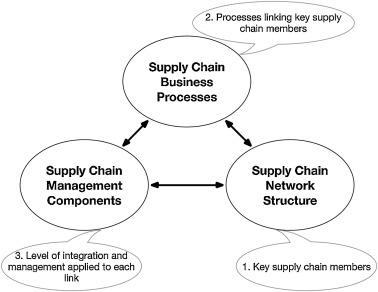In the fast-paced world of logistics and transportation, staying ahead of supply chain disruptions is key to maintaining a competitive edge. Enter Supply Chain Event Management (SCEM) – a revolutionary approach that brings precision and efficiency to every link in the shipping process. From tracking goods in real-time to proactively addressing potential roadblocks, SCEM is transforming the way companies manage their supply chains. Join us as we delve into the world of SCEM and discover how this innovative solution is reshaping the logistics industry.
What is Supply Chain Event Management (SCEM)?
Supply Chain Event Management (SCEM) is a key component in the world of logistics, transport, and shipping. It involves the monitoring, control, and coordination of events throughout the supply chain to ensure smooth operations and minimize disruptions. With SCEM, organizations can proactively respond to unexpected events, such as delays in shipments, changes in inventory levels, or disruptions in production.
Through SCEM, companies can achieve greater visibility and transparency in their supply chain, leading to improved decision-making and efficiency. By utilizing advanced technologies such as real-time tracking systems, predictive analytics, and automated alerts, organizations can better manage their supply chain operations and address challenges in a timely manner. Ultimately, SCEM plays a crucial role in optimizing supply chain performance and enhancing customer satisfaction.

Challenges in Logistics and Transport for SCEM
In the world of Supply Chain Event Management (SCEM), logistics and transport play a crucial role in ensuring the smooth flow of goods and materials from one point to another. However, there are several challenges that organizations face in this complex process:
- Visibility: One of the biggest is the lack of real-time visibility into the movement of goods. Without accurate and up-to-date information, it becomes difficult to track shipments and ensure on-time delivery.
- Capacity Constraints: Another challenge is the limited capacity of transportation modes, such as trucks, ships, and planes. As demand for transportation services increases, organizations struggle to find available capacity to meet their shipping needs.
| Challenge | Description |
| Regulatory Compliance | Adhering to different transportation regulations across borders |
| Infrastructure Limitations | Poor road conditions and limited access to ports |
Addressing these challenges requires organizations to invest in technology solutions that provide end-to-end visibility, optimize capacity utilization, and ensure regulatory compliance. By leveraging data analytics and automation, companies can streamline their logistics and transport operations, improving efficiency and driving cost savings.

Strategies for Effective Shipping in Supply Chain Event Management
When it comes to effective shipping in supply chain event management, there are several strategies that can help streamline the process and ensure timely delivery of goods. One important strategy is to establish clear communication channels between all parties involved in the shipping process. This includes vendors, carriers, and internal teams. By keeping everyone informed of timelines, requirements, and any potential delays, you can avoid miscommunications and ensure that shipments arrive on schedule.
Another key strategy is to leverage technology to track and optimize shipping routes. By using advanced logistics software and GPS tracking systems, you can identify the most efficient shipping routes, reduce transportation costs, and minimize the risk of delays. Additionally, investing in robust supply chain visibility tools can provide real-time updates on the status of shipments, allowing you to proactively address any issues that may arise. By implementing these strategies, you can enhance the overall efficiency and reliability of your supply chain event management shipping processes.

Maximizing Efficiency and Minimizing Disruptions in SCEM Operations
Efficiency is key when it comes to managing supply chain events. By minimizing disruptions, companies can ensure smooth operations and timely delivery of goods. One way to maximize efficiency in SCEM operations is by implementing real-time monitoring systems that provide visibility across the entire supply chain. With instant access to data on inventory levels, shipments, and potential disruptions, logistics teams can quickly address issues and keep operations running smoothly.
Another strategy to boost efficiency is by implementing automated processes for scheduling, routing, and tracking shipments. By utilizing advanced technology such as AI and machine learning, companies can optimize routes, reduce transit times, and minimize delays. This not only improves overall efficiency but also enhances customer satisfaction by ensuring on-time deliveries. By embracing these innovative solutions, companies can streamline their SCEM operations and stay ahead of the competition.
Concluding Remarks
As the complexity of global supply chains continues to grow, the importance of supply chain event management (SCEM) cannot be overstated. In today’s fast-paced world, efficient logistics, transport, and shipping are essential for businesses to stay competitive and meet the demands of customers. By effectively managing supply chain events, companies can better anticipate disruptions, improve visibility, and streamline operations. With the right tools and strategies in place, businesses can navigate the challenges of the modern supply chain landscape with confidence. Embrace the power of SCEM and watch your supply chain thrive in the face of uncertainty.
